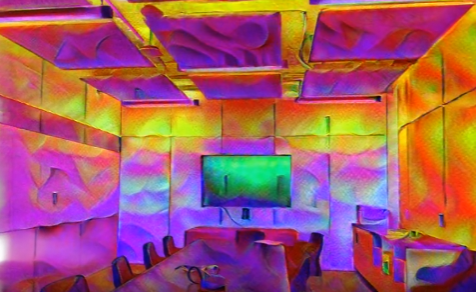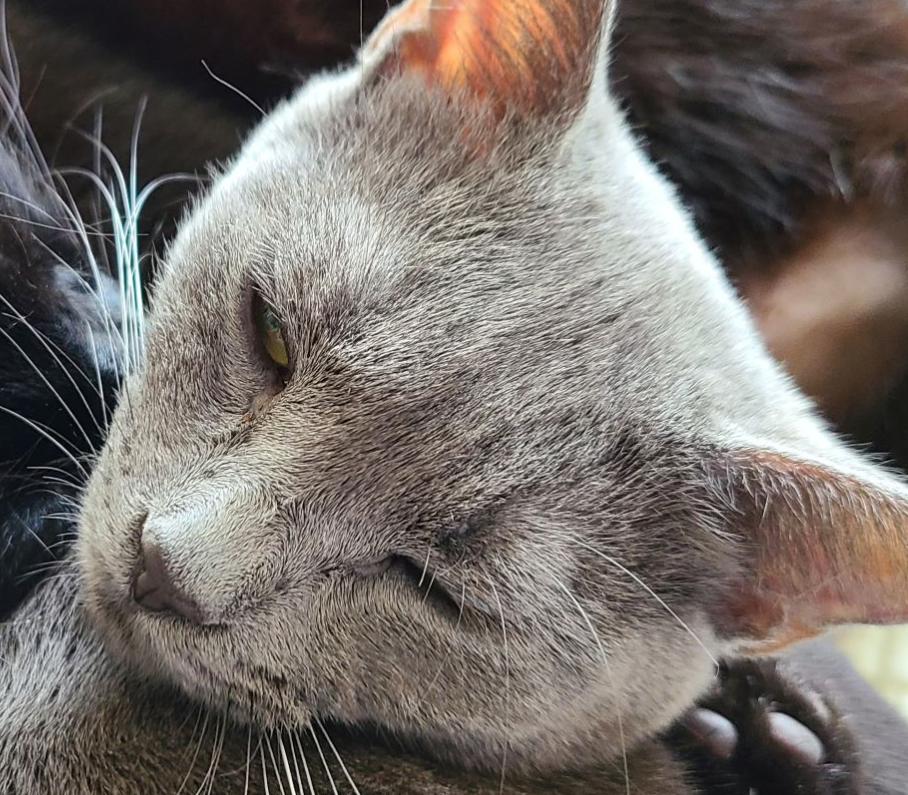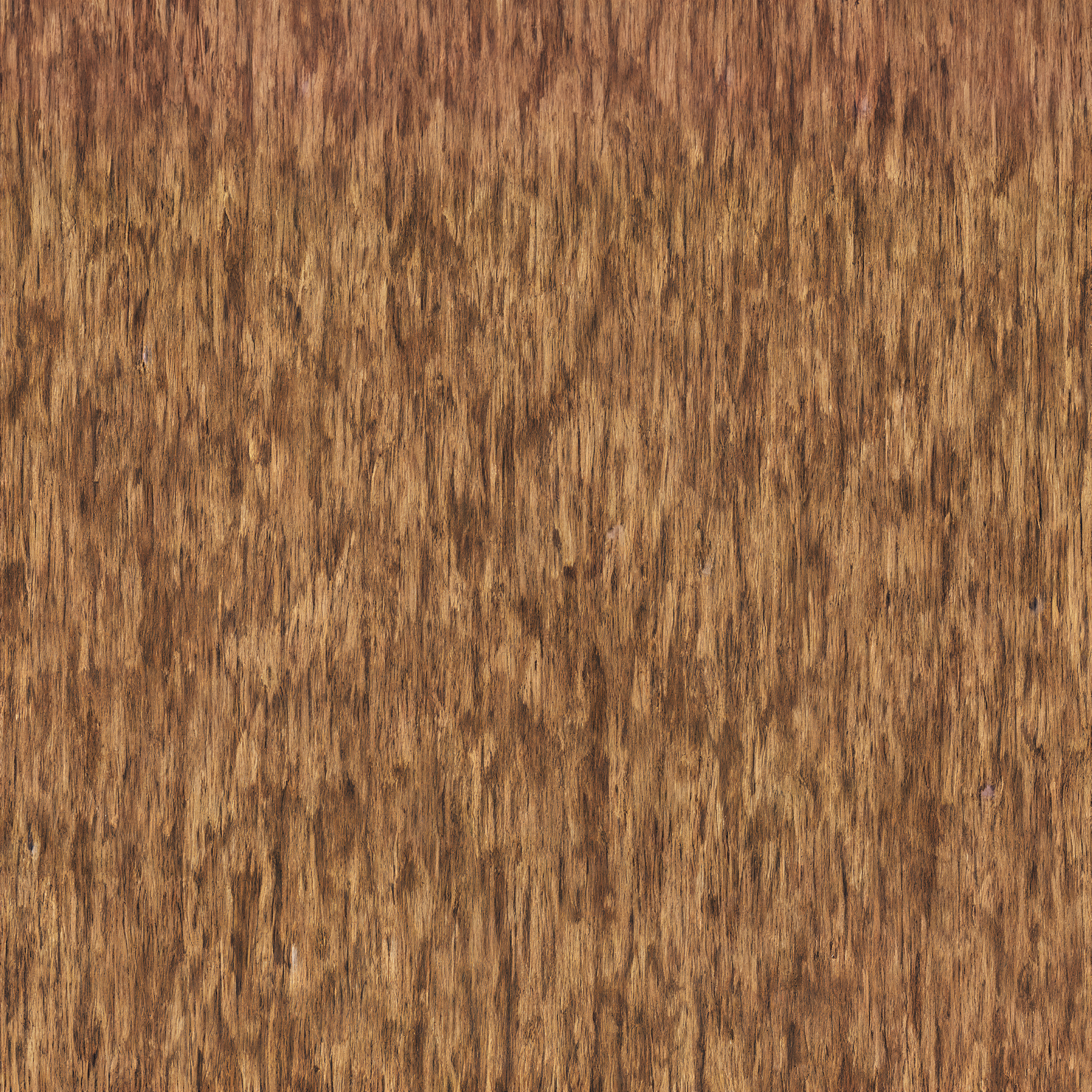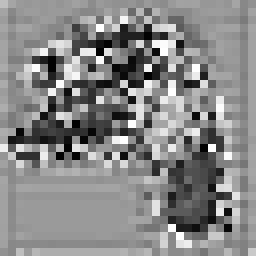arf-svox2
Maintainer: nightmareai

15

| Property | Value |
|---|---|
| Model Link | View on Replicate |
| API Spec | View on Replicate |
| Github Link | View on Github |
| Paper Link | View on Arxiv |
Get summaries of the top AI models delivered straight to your inbox:
Model overview
arf-svox2 is an AI model developed by nightmareai that can transfer the style of an image to a 3D scene created using Nerf (Neural Radiance Fields). This model builds upon the Plenoxel (SVOX2) architecture and allows users to apply artistic styles to 3D content, expanding the creative possibilities of generative AI.
The arf-svox2 model is related to other models created by nightmareai, such as real-esrgan, majesty-diffusion, and the widely-used stable-diffusion model. These models explore different aspects of generative AI, from super-resolution and image-to-image translation to text-to-image synthesis.
Model inputs and outputs
The arf-svox2 model takes three main inputs:
Inputs
- Image: A style image that will be used to transfer the artistic style to the 3D scene.
- Scene: A pre-trained Nerf scene that will be the target for the style transfer.
- Num Epoches: The number of training epochs to run for the style transfer process, with a default of 2 and a maximum of 10.
Outputs
- Optimized Artistic Radiance Field: The resulting 3D scene with the applied artistic style.
Capabilities
The arf-svox2 model can take a 3D scene created using Nerf and apply the style of a 2D image to it, effectively "painting" the 3D content in the chosen artistic style. This allows for the creation of unique and visually striking 3D artworks, blending the realism of the 3D scene with the expressive qualities of the style image.
What can I use it for?
The arf-svox2 model opens up new possibilities for creative expression in 3D media. Artists and designers can use this model to create unique and eye-catching 3D visualizations, animations, or even virtual environments that have a distinct artistic flair. Additionally, the model could be used in various industries, such as architecture, gaming, or film, to enhance the visual appeal of 3D content.
Things to try
One interesting aspect of the arf-svox2 model is its ability to work with different types of Nerf scenes, such as LLFF (Light Field from Local Features), TNT (Tensors of Neural Textures), and custom scenes. By experimenting with different scene types and style images, users can create a wide range of artistic 3D outputs that showcase the versatility of this model.
This summary was produced with help from an AI and may contain inaccuracies - check out the links to read the original source documents!
Related Models

real-esrgan

45.0K
real-esrgan is a practical image restoration model developed by researchers at the Tencent ARC Lab and Shenzhen Institutes of Advanced Technology. It aims to tackle real-world blind super-resolution, going beyond simply enhancing image quality. Compared to similar models like absolutereality-v1.8.1, instant-id, clarity-upscaler, and reliberate-v3, real-esrgan is specifically focused on restoring real-world images and videos, including those with face regions. Model inputs and outputs real-esrgan takes an input image and outputs an upscaled and enhanced version of that image. The model can handle a variety of input types, including regular images, images with alpha channels, and even grayscale images. The output is a high-quality, visually appealing image that retains important details and features. Inputs Image**: The input image to be upscaled and enhanced. Scale**: The desired scale factor for upscaling the input image, typically between 2x and 4x. Face Enhance**: An optional flag to enable face enhancement using the GFPGAN model. Outputs Output Image**: The restored and upscaled version of the input image. Capabilities real-esrgan is capable of performing high-quality image upscaling and restoration, even on challenging real-world images. It can handle a variety of input types and produces visually appealing results that maintain important details and features. The model can also be used to enhance facial regions in images, thanks to its integration with the GFPGAN model. What can I use it for? real-esrgan can be useful for a variety of applications, such as: Photo Restoration**: Upscale and enhance low-quality or blurry photos to create high-resolution, visually appealing images. Video Enhancement**: Apply real-esrgan to individual frames of a video to improve the overall visual quality and clarity. Anime and Manga Upscaling**: The RealESRGAN_x4plus_anime_6B model is specifically optimized for anime and manga images, producing excellent results. Things to try Some interesting things to try with real-esrgan include: Experiment with different scale factors to find the optimal balance between quality and performance. Combine real-esrgan with other image processing techniques, such as denoising or color correction, to achieve even better results. Explore the model's capabilities on a wide range of input images, from natural photographs to detailed illustrations and paintings. Try the RealESRGAN_x4plus_anime_6B model for enhancing anime and manga-style images, and compare the results to other upscaling solutions.
Updated Invalid Date

stable-diffusion

107.9K
Stable Diffusion is a latent text-to-image diffusion model capable of generating photo-realistic images given any text input. Developed by Stability AI, it is an impressive AI model that can create stunning visuals from simple text prompts. The model has several versions, with each newer version being trained for longer and producing higher-quality images than the previous ones. The main advantage of Stable Diffusion is its ability to generate highly detailed and realistic images from a wide range of textual descriptions. This makes it a powerful tool for creative applications, allowing users to visualize their ideas and concepts in a photorealistic way. The model has been trained on a large and diverse dataset, enabling it to handle a broad spectrum of subjects and styles. Model inputs and outputs Inputs Prompt**: The text prompt that describes the desired image. This can be a simple description or a more detailed, creative prompt. Seed**: An optional random seed value to control the randomness of the image generation process. Width and Height**: The desired dimensions of the generated image, which must be multiples of 64. Scheduler**: The algorithm used to generate the image, with options like DPMSolverMultistep. Num Outputs**: The number of images to generate (up to 4). Guidance Scale**: The scale for classifier-free guidance, which controls the trade-off between image quality and faithfulness to the input prompt. Negative Prompt**: Text that specifies things the model should avoid including in the generated image. Num Inference Steps**: The number of denoising steps to perform during the image generation process. Outputs Array of image URLs**: The generated images are returned as an array of URLs pointing to the created images. Capabilities Stable Diffusion is capable of generating a wide variety of photorealistic images from text prompts. It can create images of people, animals, landscapes, architecture, and more, with a high level of detail and accuracy. The model is particularly skilled at rendering complex scenes and capturing the essence of the input prompt. One of the key strengths of Stable Diffusion is its ability to handle diverse prompts, from simple descriptions to more creative and imaginative ideas. The model can generate images of fantastical creatures, surreal landscapes, and even abstract concepts with impressive results. What can I use it for? Stable Diffusion can be used for a variety of creative applications, such as: Visualizing ideas and concepts for art, design, or storytelling Generating images for use in marketing, advertising, or social media Aiding in the development of games, movies, or other visual media Exploring and experimenting with new ideas and artistic styles The model's versatility and high-quality output make it a valuable tool for anyone looking to bring their ideas to life through visual art. By combining the power of AI with human creativity, Stable Diffusion opens up new possibilities for visual expression and innovation. Things to try One interesting aspect of Stable Diffusion is its ability to generate images with a high level of detail and realism. Users can experiment with prompts that combine specific elements, such as "a steam-powered robot exploring a lush, alien jungle," to see how the model handles complex and imaginative scenes. Additionally, the model's support for different image sizes and resolutions allows users to explore the limits of its capabilities. By generating images at various scales, users can see how the model handles the level of detail and complexity required for different use cases, such as high-resolution artwork or smaller social media graphics. Overall, Stable Diffusion is a powerful and versatile AI model that offers endless possibilities for creative expression and exploration. By experimenting with different prompts, settings, and output formats, users can unlock the full potential of this cutting-edge text-to-image technology.
Updated Invalid Date

latent-sr

112
The latent-sr model, created by nightmareai, is an AI model designed for upscaling images using latent diffusion. It builds upon similar models like real-esrgan, latent-viz, k-diffusion, stable-diffusion, and majesty-diffusion from the same creator. The model uses a latent diffusion approach to generate high-resolution images from low-resolution inputs. Model inputs and outputs The latent-sr model takes an image as input and produces an upscaled version of that image as output. The upscale factor can be specified, allowing you to control the resolution of the output. Inputs Image**: The input image to be upscaled. up_f**: The upscale factor, determining the resolution of the output image. Steps**: The number of sampling steps to use during the upscaling process. Outputs Output**: The upscaled version of the input image. Capabilities The latent-sr model is capable of generating high-quality, high-resolution images from low-resolution inputs using a latent diffusion approach. This can be useful for tasks like enhancing the resolution of images, generating realistic images from sketches or other low-quality sources, and more. What can I use it for? The latent-sr model can be used for a variety of image-related tasks, such as: Upscaling low-resolution images to higher resolutions Generating realistic images from sketches or other low-quality input Enhancing the quality of existing images Incorporating high-resolution images into creative projects or presentations Things to try With the latent-sr model, you can experiment with different upscale factors and sampling steps to achieve the desired output quality and resolution. Additionally, you can try combining the latent-sr model with other AI models, such as those for image editing or text-to-image generation, to create even more powerful and versatile image processing pipelines.
Updated Invalid Date

latent-viz

72
latent-viz is a tool created by nightmareai that allows you to visualize the encoded latents of an image. This can be useful for understanding how a latent diffusion model like stable-diffusion or majesty-diffusion represents visual information. Similar models like real-esrgan and gfpgan also work with latent representations, but focus more on image enhancement and restoration rather than visualization. Model inputs and outputs latent-viz takes an image as input and outputs a visualization of the encoded latent representation. This can help you understand how the model sees and encodes the visual information in the image. Inputs Image**: The image you want to visualize the latents for. Outputs Latent visualization**: A visualization of the encoded latent representation of the input image. Capabilities latent-viz allows you to inspect the internal latent representations of an image-based model. This can provide insight into how the model perceives and encodes visual information, which can be valuable for understanding and debugging these types of models. What can I use it for? You can use latent-viz to better understand how latent diffusion models like stable-diffusion and majesty-diffusion work. By visualizing the latent representations, you can gain insights into the model's internal representations and how it processes visual information. This can be helpful for tasks like fine-tuning or optimizing these models for specific applications. Things to try Try using latent-viz to visualize the latents of different images and compare the representations. You can experiment with inputs of varying complexity, such as natural images, abstract art, or even model-generated images, to see how the latent representations differ. This can help you better understand the model's strengths, weaknesses, and biases.
Updated Invalid Date